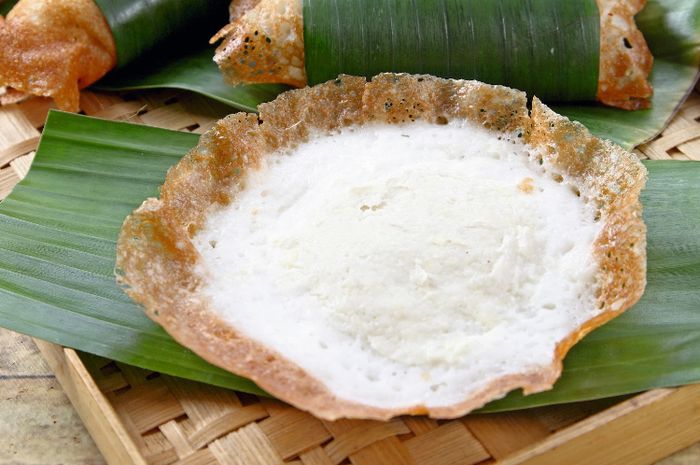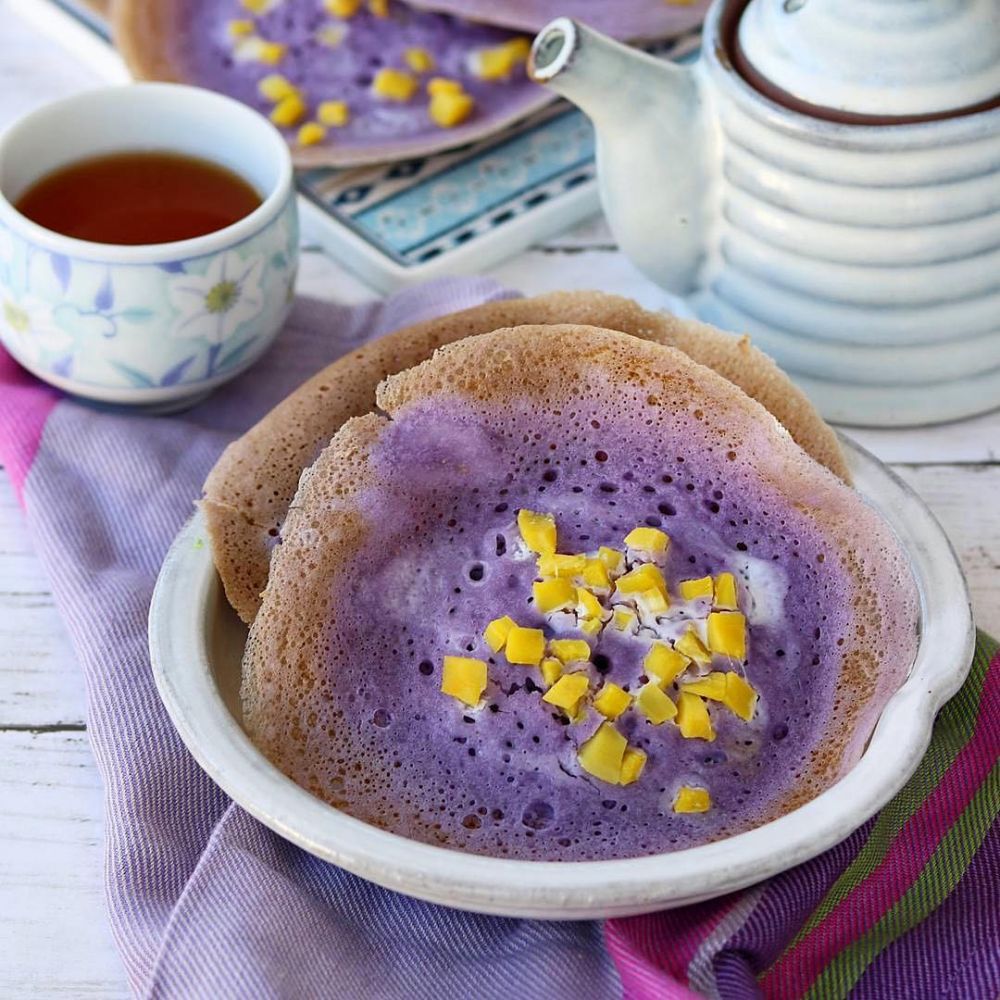How to Make Soft Serabi Solo: A Delightful Indonesian Delicacy

Have you ever tasted a dessert so soft and delicate that it melts in your mouth, leaving behind a symphony of flavors? Serabi Solo, a traditional Indonesian pancake, is just that. Imagine a fluffy, coconut-infused treat that's crispy on the outside and delightfully soft on the inside. If you're craving this culinary masterpiece, you're in the right place. Let's dive into the art of making cara membuat serabi solo yang empuk (how to make soft Serabi Solo).
Introduction to Serabi Solo
Serabi Solo is a beloved Indonesian dessert that hails from the city of Solo in Central Java. This pancake is unique in its texture and taste, combining the richness of coconut milk with the subtle sweetness of palm sugar. Whether you're a seasoned cook or a novice in the kitchen, mastering the resep serabi (Serabi recipe) is a culinary adventure worth embarking on.
Essential Ingredients: Bahan Serabi
Before we get started, let's gather the essential bahan serabi (Serabi ingredients):
- 200 grams of rice flour
- 50 grams of tapioca flour
- 100 grams of granulated sugar
- 1 teaspoon of instant yeast
- 400 ml of coconut milk
- 200 ml of water
- 1 teaspoon of salt
- 1 egg
- Coconut oil for cooking
- Optional toppings: grated coconut, palm sugar syrup, or chocolate sprinkles
Step-by-Step Guide: Cara Memasak Serabi
Preparing the Batter
Mix the Dry Ingredients: In a large bowl, combine the rice flour, tapioca flour, granulated sugar, and instant yeast. Ensure there are no lumps.
Add the Liquids: Gradually pour in the coconut milk and water while continuously stirring. The batter should have a smooth consistency, similar to pancake batter.
Let it Rest: Cover the bowl with a clean cloth and let the batter rest for about 30 minutes. This allows the yeast to activate, giving your Serabi a soft and fluffy texture.
Cooking the Serabi
Heat the Pan: Preheat a non-stick pan over medium heat. Traditionally, Serabi is cooked in small, individual pans, but a regular non-stick pan works just as well.
Grease the Pan: Lightly grease the pan with coconut oil. This will give your Serabi a crispy exterior.
Pour the Batter: Using a ladle, pour the batter into the pan. The amount of batter will depend on the size of your pan, but aim for a thickness of about 1 cm.
Cook Until Golden: Cook the Serabi until the top is bubbly and the edges are golden brown. This usually takes about 3-5 minutes.
Flip Carefully: Using a spatula, carefully flip the Serabi and cook the other side for another 2-3 minutes. Be gentle to avoid breaking the delicate pancake.
Serving the Serabi
Toppings: Once cooked, transfer the Serabi to a plate. You can enjoy it plain or add toppings like grated coconut, palm sugar syrup, or chocolate sprinkles.
Enjoy Warm: Serabi is best enjoyed warm, straight off the pan. The combination of crispy edges and soft, fluffy centers is a delight that's hard to resist.
Tips for the Perfect Serabi Solo Lezat
Consistency Matters: The key to a soft Serabi is the consistency of the batter. It should be thick but pourable. If it's too thick, add a bit more water. If it's too thin, add more rice flour.
Patience is Key: Don't rush the resting time. The yeast needs time to work its magic, ensuring your Serabi is soft and fluffy.
Coconut Oil: Using coconut oil for cooking adds a rich, tropical flavor that complements the Serabi perfectly.
Conclusion: Embrace the Art of Serabi Solo Enak
Making serabi solo yang empuk is a culinary journey that combines tradition with delightful flavors. With the right ingredients and a bit of patience, you can create a dessert that's not only delicious but also a testament to Indonesian culinary heritage. So, why wait? Gather your bahan serabi, follow the cara membuat serabi solo yang empuk, and indulge in the soft, fluffy goodness of Serabi Solo.
FAQs
What is the difference between Serabi Solo and regular pancakes?
- Serabi Solo is made with rice flour and coconut milk, giving it a unique texture and flavor. Regular pancakes are typically made with wheat flour and milk.
Can I use all-purpose flour instead of rice flour?
- While you can use all-purpose flour, the texture and taste will differ. Rice flour gives Serabi its characteristic softness and slight chewiness.
How long can I store Serabi Solo?
- Serabi Solo is best enjoyed fresh, but you can store it in an airtight container in the refrigerator for up to 3 days. Reheat in a pan before serving.
Can I make Serabi Solo without yeast?
- Yes, you can make Serabi without yeast, but the texture will be denser. The yeast helps create a fluffy, soft Serabi.
What are some traditional toppings for Serabi Solo?
- Traditional toppings include grated coconut, palm sugar syrup, and chocolate sprinkles. You can also experiment with fruits or other sweet toppings.

:strip_icc():format(webp)/kly-media-production/medias/3520686/original/019591700_1627236455-Surabi.jpg)
With these tips and the detailed resep serabi, you're well on your way to mastering the art of cara membuat serabi solo yang empuk. Happy cooking!
Belum ada Komentar untuk "How to Make Soft Serabi Solo: A Delightful Indonesian Delicacy"
Posting Komentar